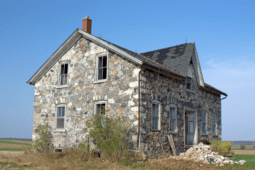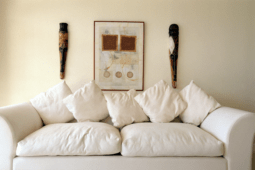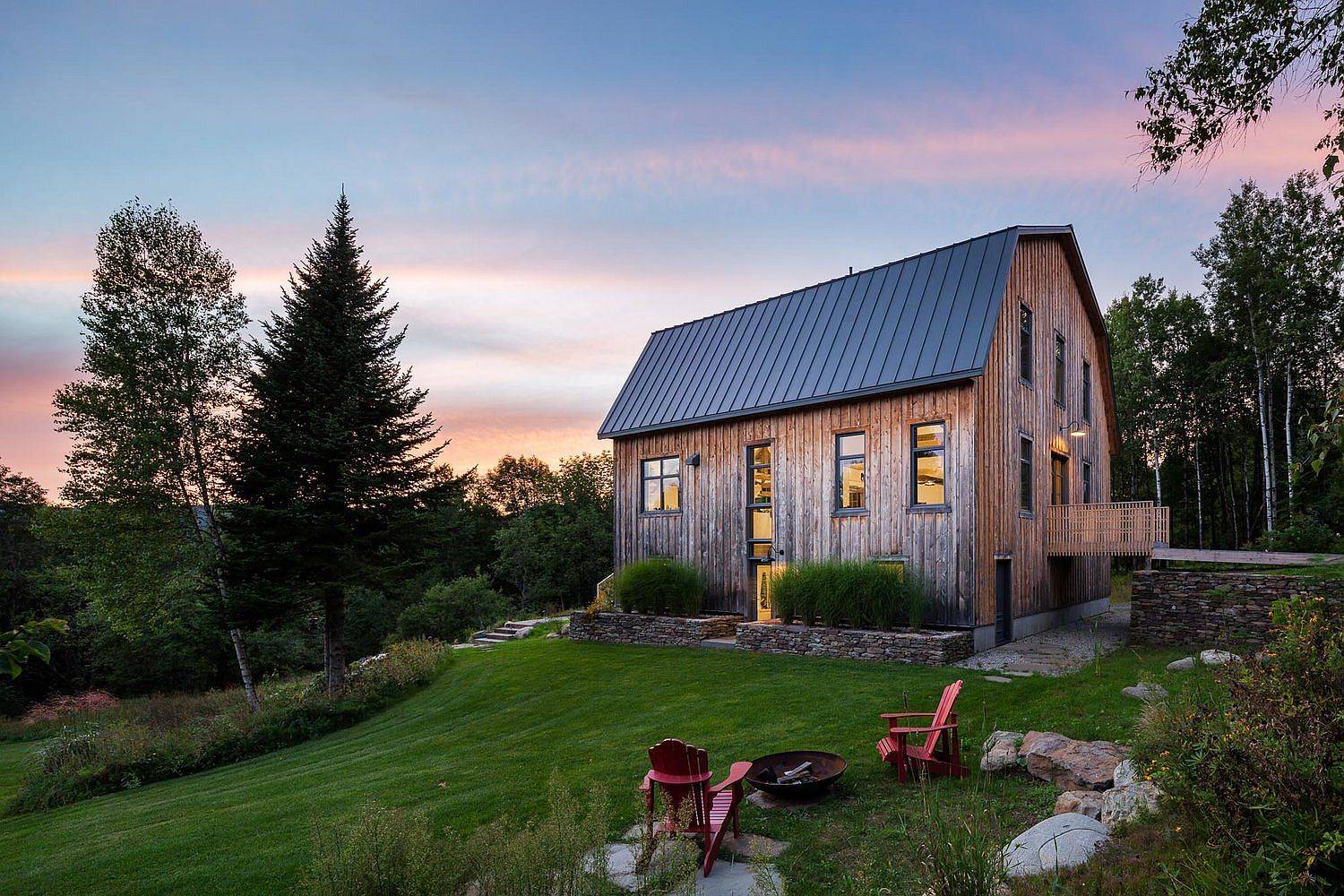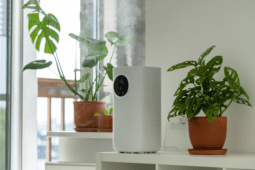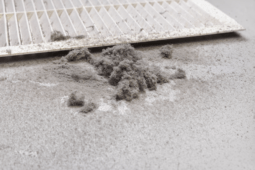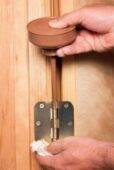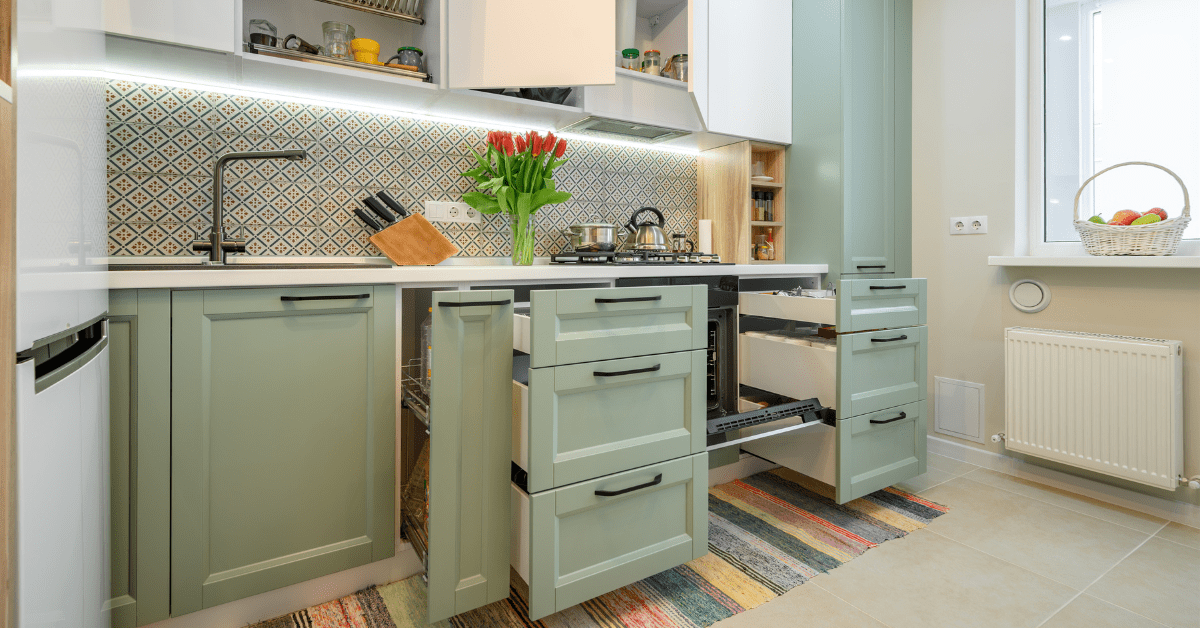CDX Plywood 101: Understanding This Popular Construction Material
When it comes to DIY home projects, choosing the right materials can make or break your success. One versatile option that often flies under the radar is CDX plywood. This affordable and adaptable building material has a lot to offer, but it’s important to understand its strengths and limitations before diving in. In this article, we’ll explore the world of CDX plywood, helping you determine if it’s the right choice for your next project.
Start your next woodworking adventure with TedsWoodworking! Dive into 16,000+ projects and bring your ideas to life. Build unique furniture and master new skills with Ted’s detailed, step-by-step plans guiding you every step of the way.
What Exactly Is CDX Plywood and How Is It Made?
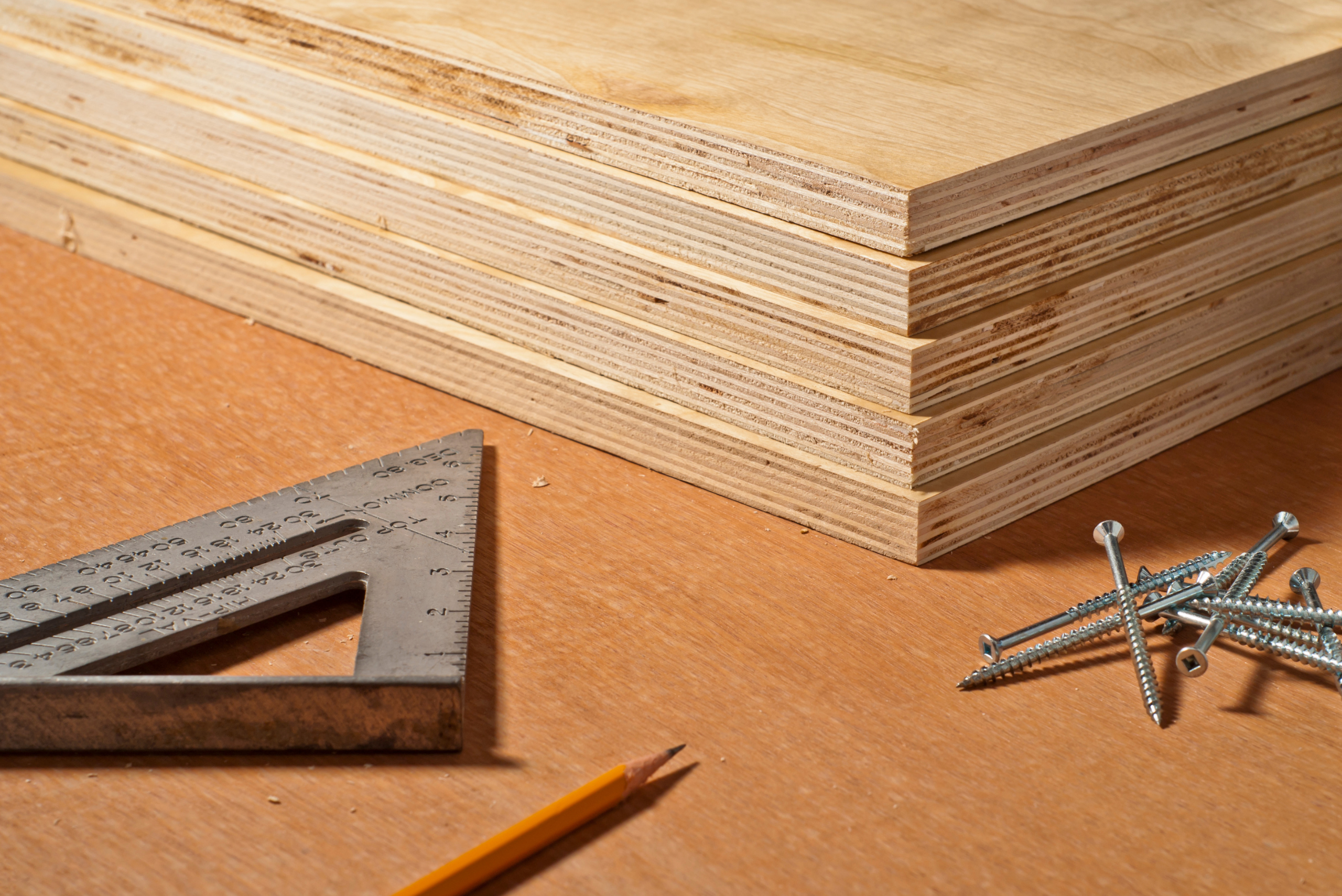
CDX plywood is a type of engineered wood product that combines durability with affordability. The “CD” in its name refers to the grades of the outer veneers, with “C” being the face side and “D” being the back. These grades indicate the quality and appearance of the wood, with “C” having fewer knots and imperfections than “D”. The “X” denotes that the plywood is bonded with exterior-grade glue, making it somewhat resistant to moisture.
To create CDX plywood, manufacturers layer thin sheets of wood (veneers) and bond them together using heat and pressure. The grain of each layer is typically oriented perpendicular to the adjacent layers, enhancing the plywood’s strength and stability. This construction method results in a product that is more resistant to warping and splitting than solid wood boards of similar thickness.
Common Uses for CDX Plywood in Home Projects
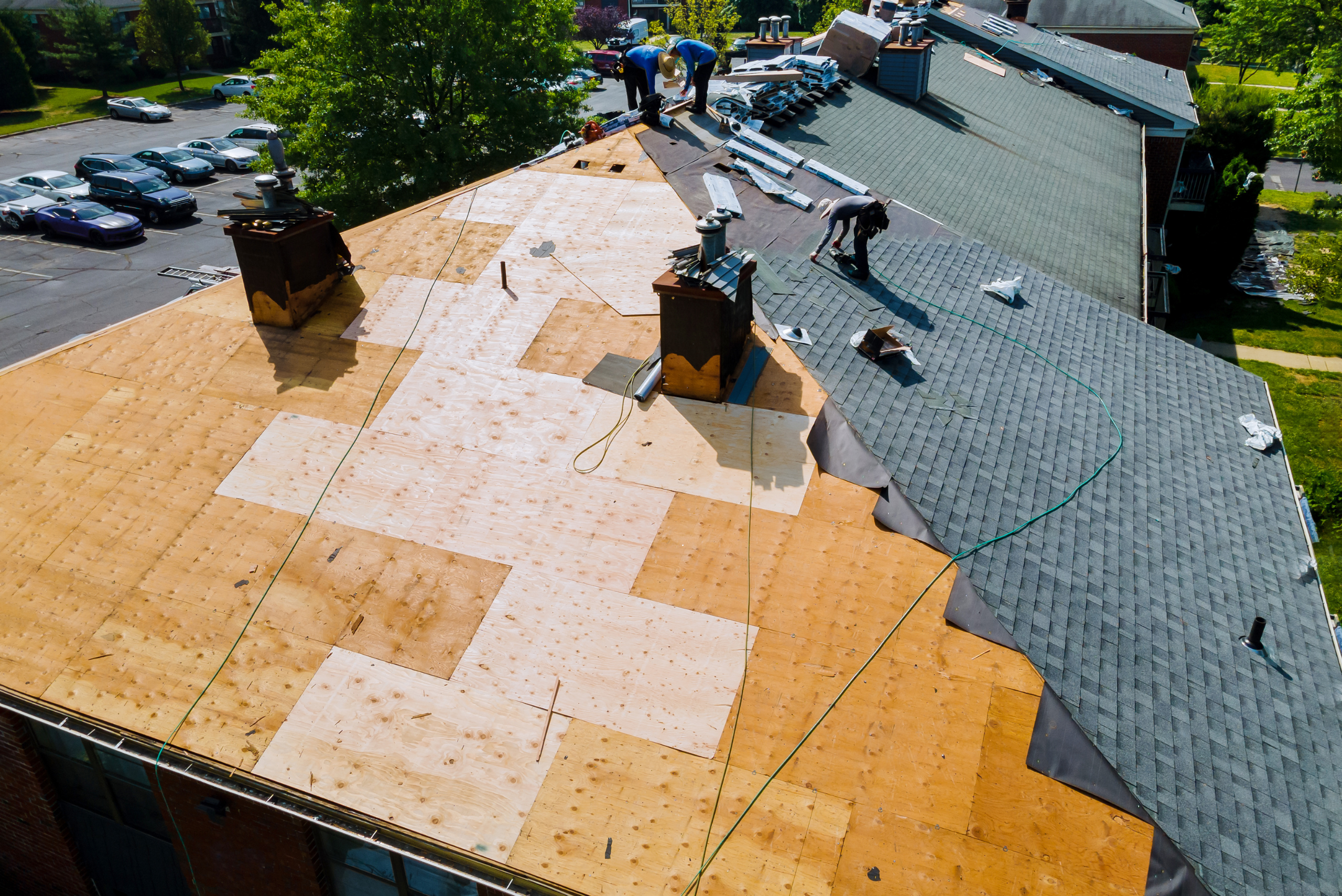
CDX plywood’s versatility makes it a popular choice for a wide range of home improvement and construction projects. Some common applications include:
- Roof sheathing: CDX plywood is often used as a base layer for roofing materials, providing a solid foundation for shingles or other roofing systems.
- Wall sheathing: In exterior wall construction, CDX plywood can serve as a structural element and a base for siding or other exterior finishes.
- Subfloors: Many builders use CDX plywood as a subfloor material, creating a stable base for finished flooring options like hardwood, tile, or carpet.
- Temporary structures: Due to its affordability and decent weather resistance, CDX plywood is often used for temporary structures like construction site barriers or storage sheds.
- DIY furniture: While not the most aesthetically pleasing option, CDX plywood can be used to create sturdy, functional furniture pieces for workshops or utility spaces.
Advantages of Using CDX Plywood in Your Projects
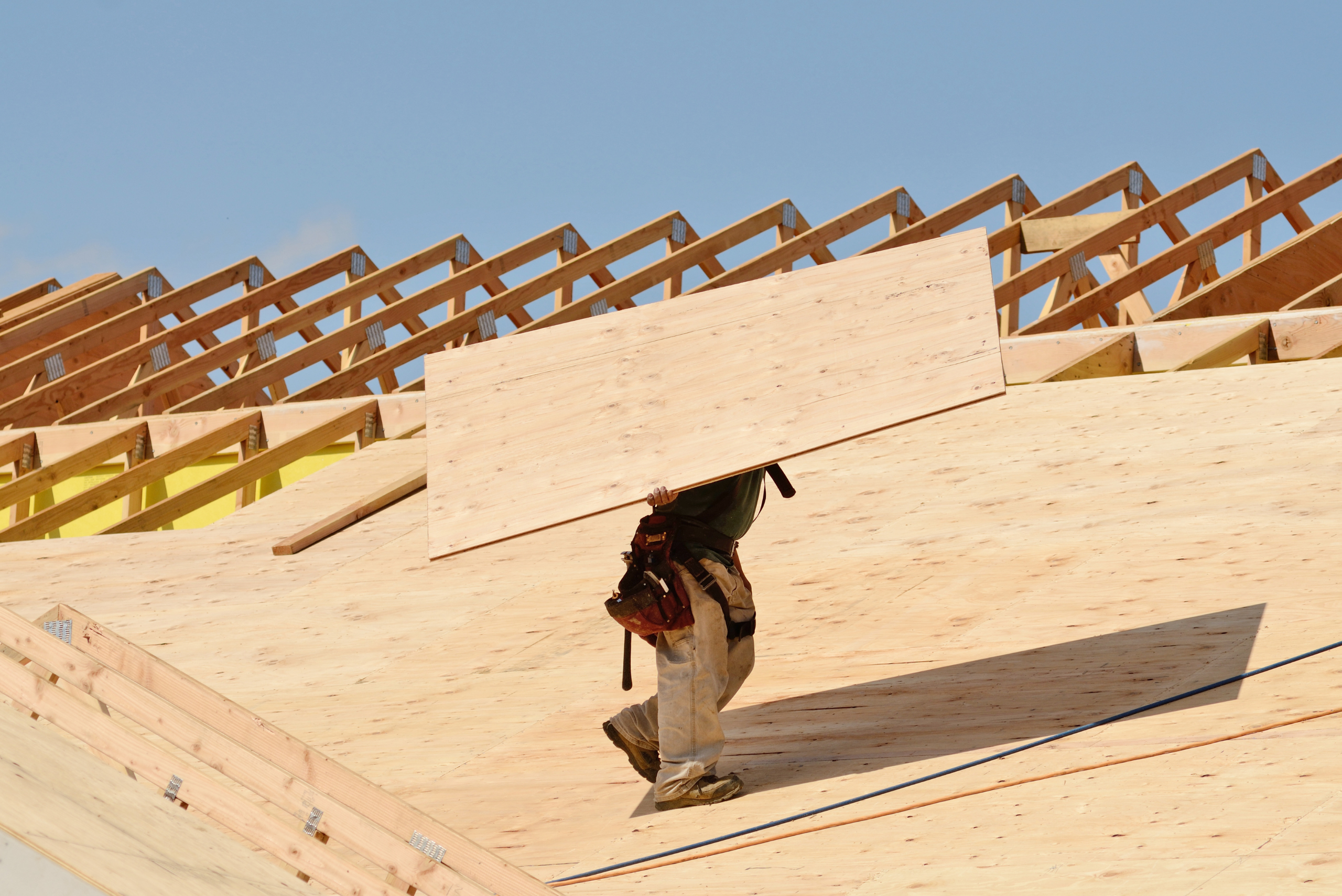
CDX plywood offers several benefits that make it an attractive option for many DIY enthusiasts and professionals alike:
- Cost-effective: Compared to higher-grade plywoods or solid wood boards, CDX plywood is relatively inexpensive, making it budget-friendly for large projects.
- Moisture resistance: The exterior-grade glue used in CDX plywood provides some protection against moisture, making it suitable for applications where occasional exposure to dampness may occur.
- Strength and stability: The cross-laminated construction of CDX plywood results in a strong, stable material that resists warping and twisting better than solid wood.
- Versatility: CDX plywood can be used in a wide range of applications, from structural elements to utility furniture, making it a versatile choice for various projects.
- Workability: This type of plywood is easy to cut, drill, and fasten, making it user-friendly for DIYers of all skill levels.
Limitations and Considerations When Using CDX Plywood
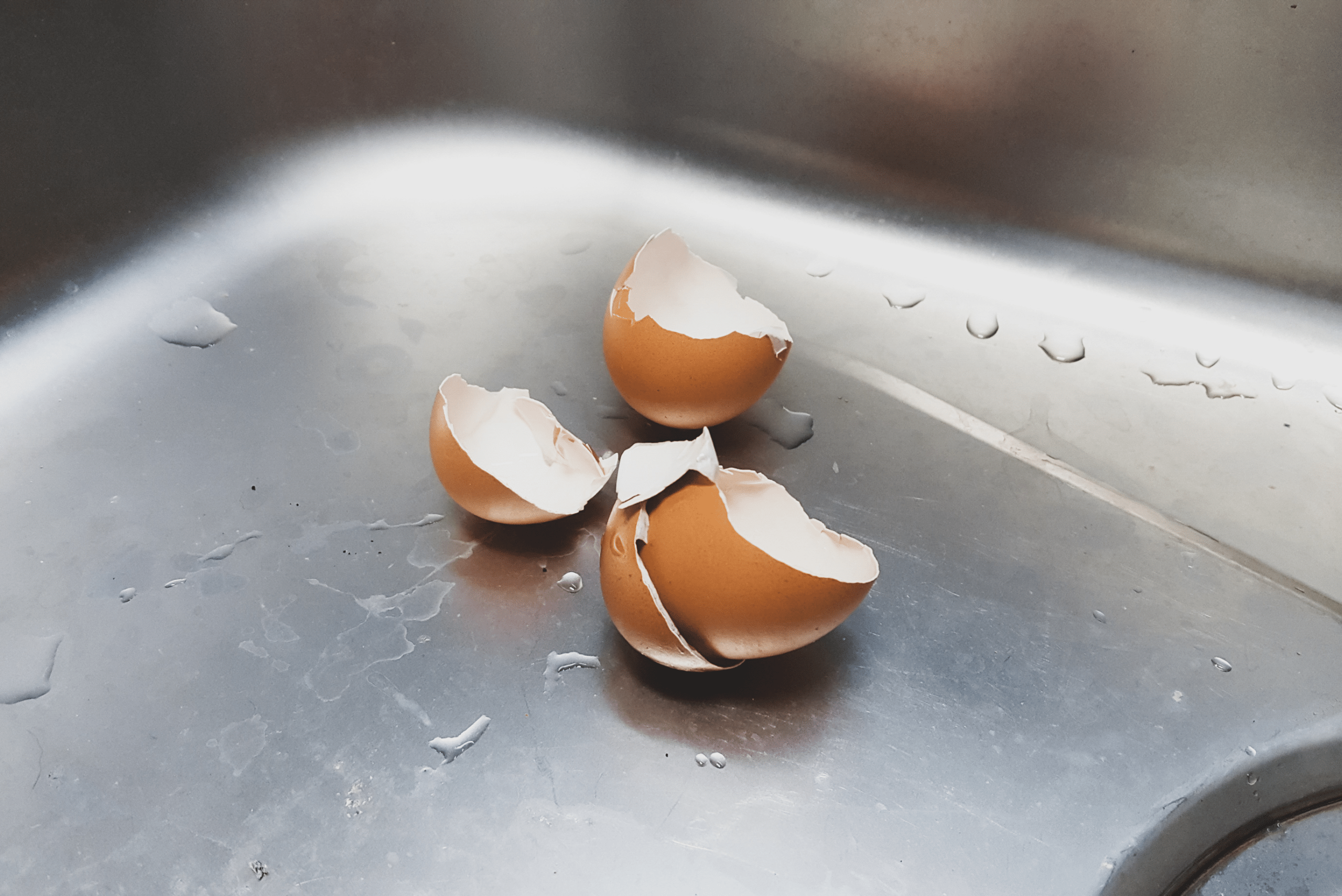
While CDX plywood has many advantages, it’s important to be aware of its limitations:
- Appearance: The “C” and “D” grade veneers mean that CDX plywood is not the most visually appealing option. It’s best suited for applications where it will be covered or hidden.
- Limited moisture resistance: Although CDX plywood has some moisture resistance, it’s not waterproof. Prolonged exposure to water can cause delamination and deterioration.
- Potential for splinters: The lower-grade veneers can sometimes result in rough surfaces or splinters, requiring careful handling during installation.
- Not suitable for fine woodworking: Due to its appearance and potential for imperfections, CDX plywood is not ideal for projects requiring a high-quality finish.
- Thickness variations: The actual thickness of CDX plywood can vary slightly from the nominal thickness, which may require adjustments in some applications.
How CDX Plywood Compares to Other Plywood Types
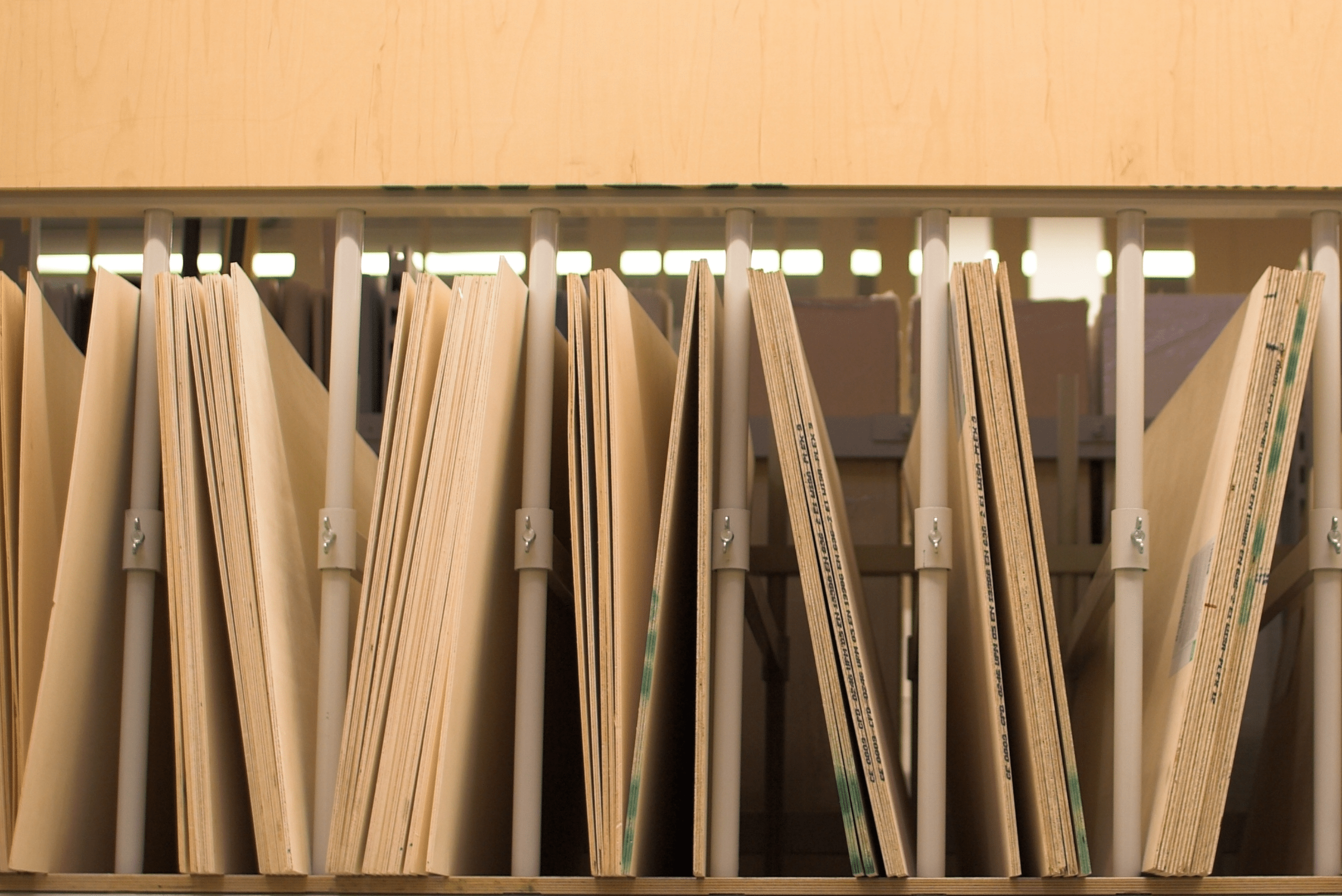
To better understand CDX plywood’s place in the world of building materials, it’s helpful to compare it to other common plywood types:
- OSB (Oriented Strand Board): OSB is often used in similar applications as CDX plywood but is made from wood strands rather than veneers. It’s generally less expensive but may be more prone to swelling when exposed to moisture.
- Marine-grade plywood: This high-quality plywood is designed for use in marine environments and offers superior water resistance compared to CDX. However, it’s significantly more expensive.
- Cabinet-grade plywood: For projects requiring a smooth, attractive finish, cabinet-grade plywood is a better choice than CDX. It features higher-quality veneers but comes at a premium price.
- MDF (Medium-Density Fiberboard): While not technically plywood, MDF is sometimes used in similar applications. It offers a smoother surface than CDX but is less moisture-resistant and may not be as strong.
Tips for Working With CDX Plywood in Your DIY Projects
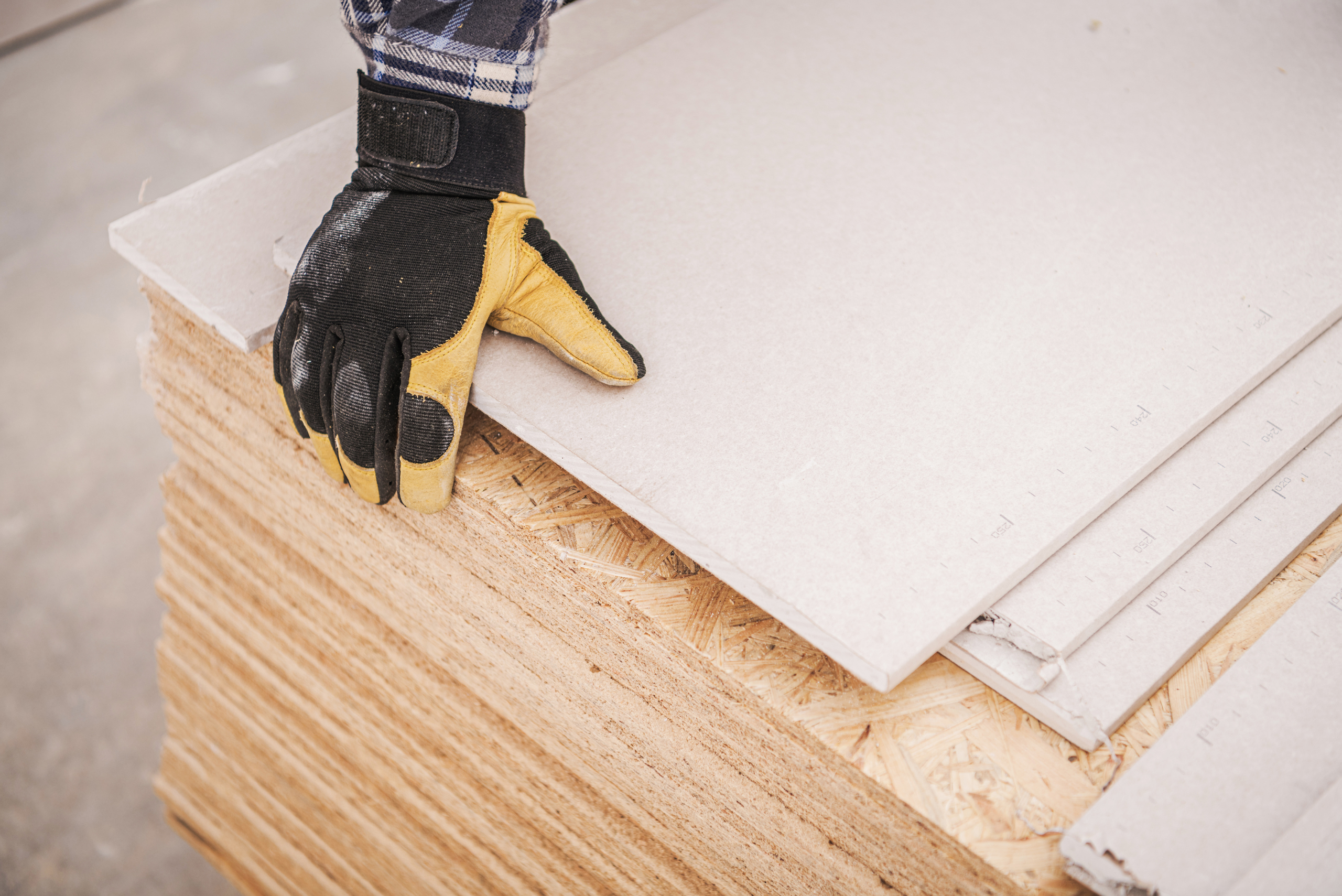
To get the most out of CDX plywood in your home projects, consider these helpful tips:
- Always wear gloves when handling CDX plywood to avoid splinters.
- Use a sharp blade when cutting to minimize tear-out and achieve cleaner edges.
- Pre-drill holes near the edges to prevent splitting when fastening.
- Apply a sealer or paint to exposed CDX plywood to enhance its moisture resistance and longevity.
- Store CDX plywood flat and off the ground to prevent warping and moisture damage.
CDX plywood is a versatile and cost-effective building material that can be an excellent choice for many home improvement projects. By understanding its strengths, limitations, and ideal applications, you can make an informed decision about whether it’s the right material for your next DIY endeavor.
Ready to start your next project? Join our DIY community to receive tool tips, how-to guides, and exclusive creative insights. Subscribe to the ManMadeDIY newsletter now! Click here to unlock a world of hands-on inspiration.

